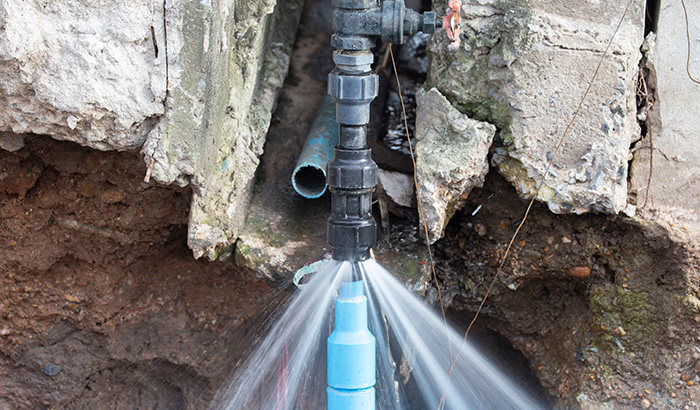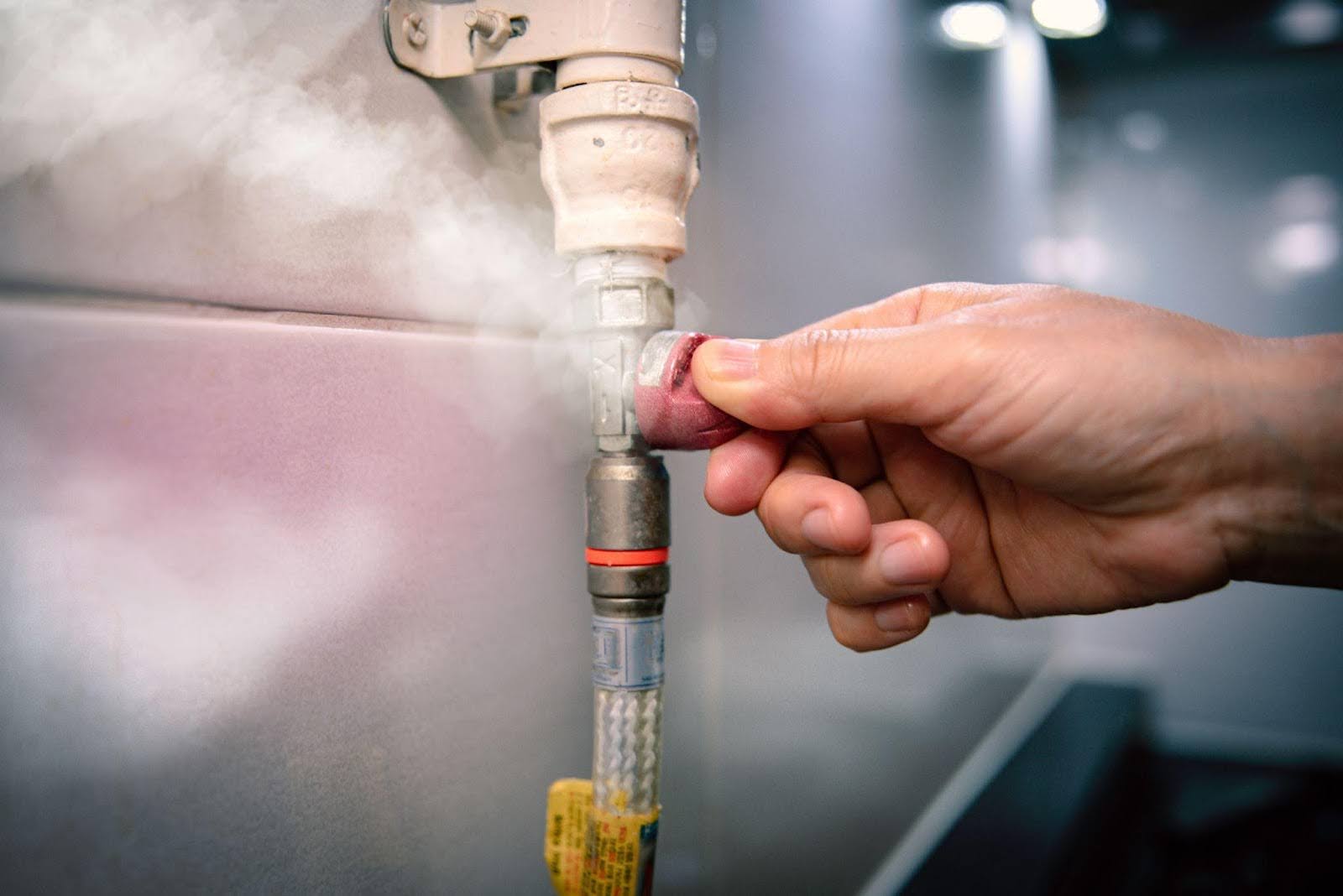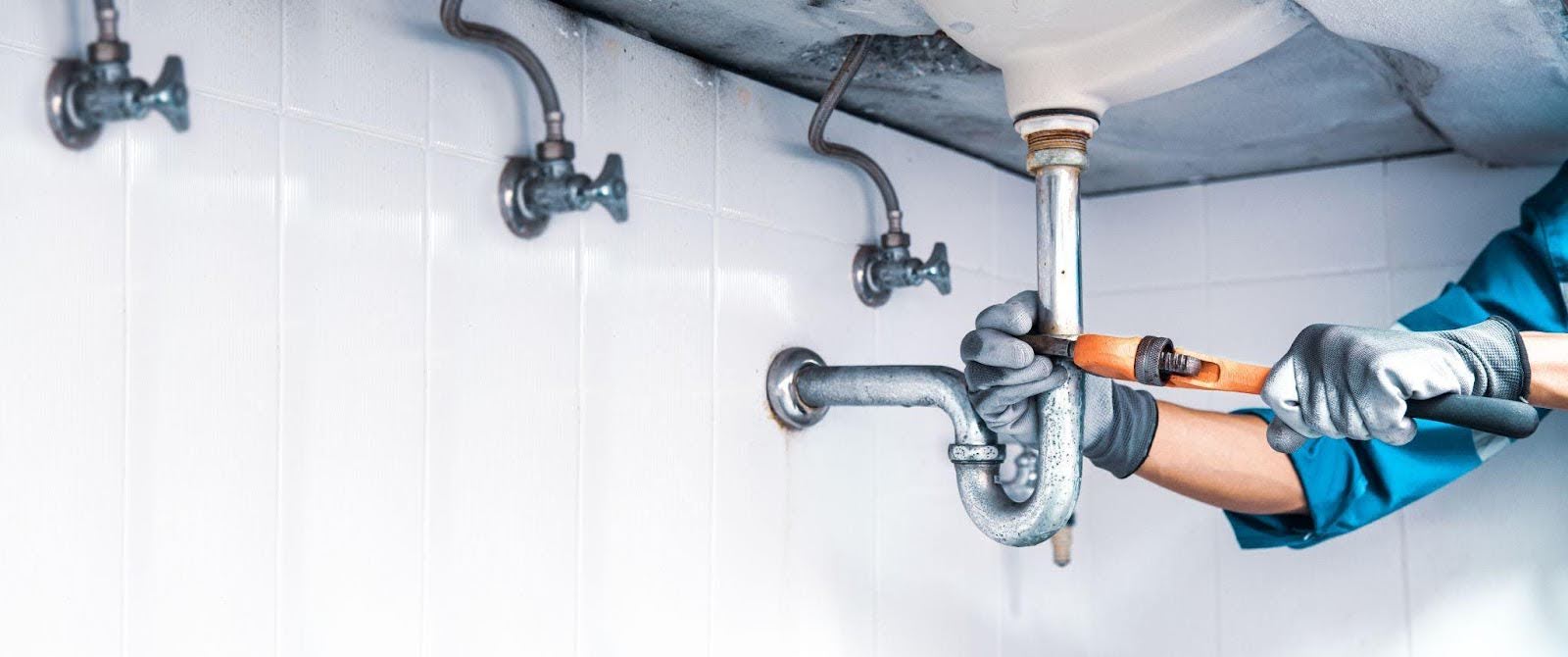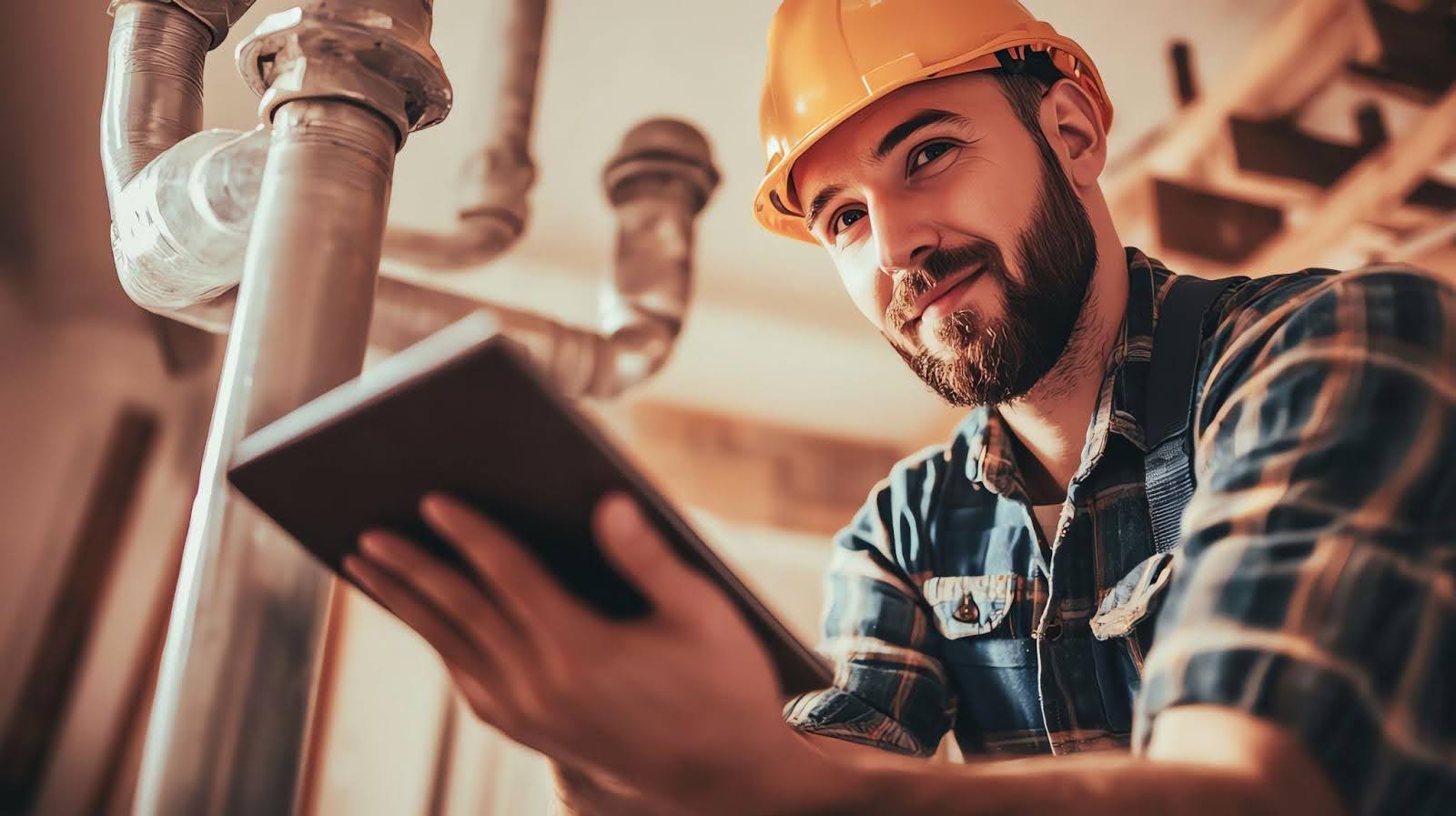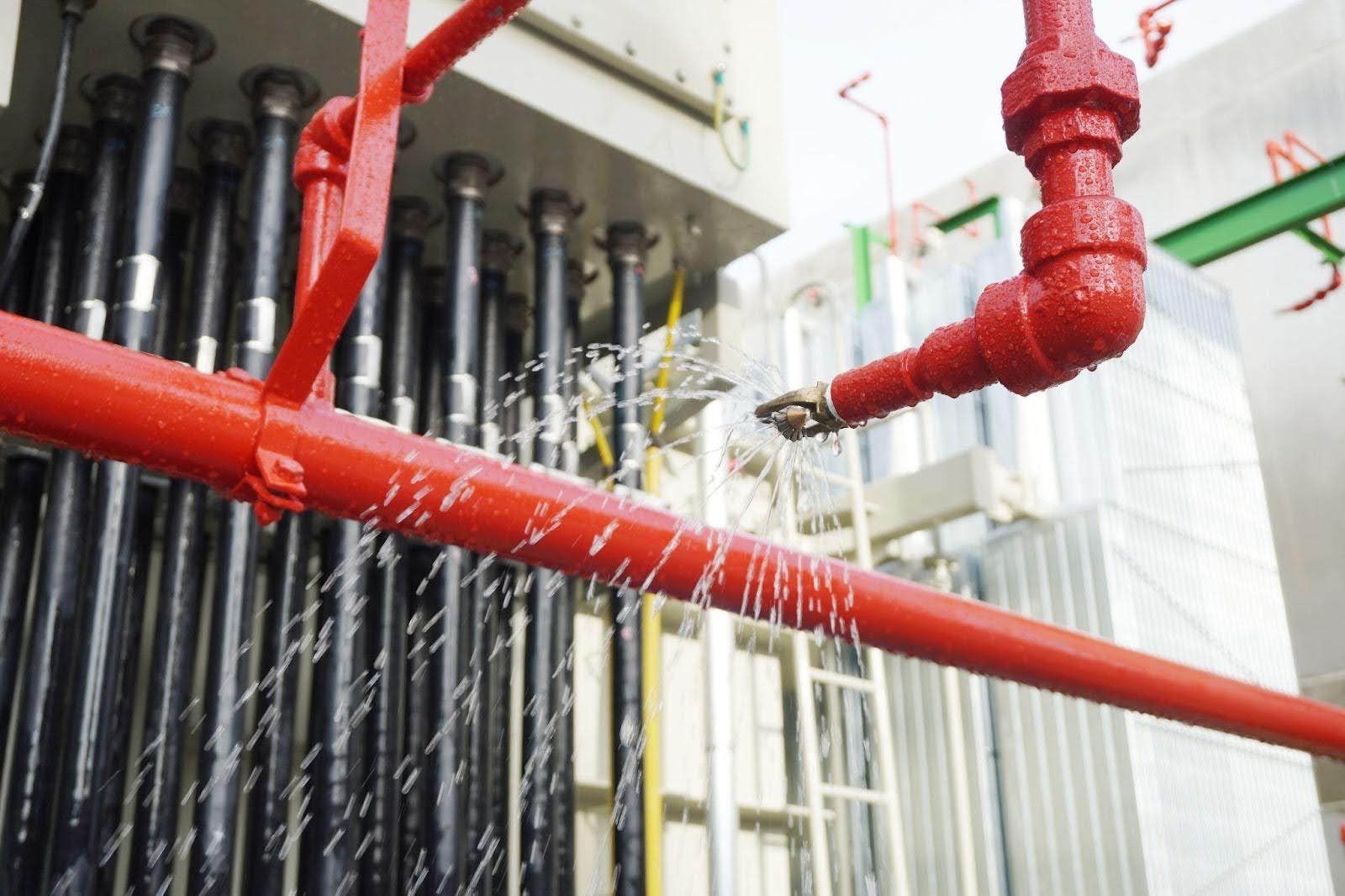Handling a burst water pipe is a complex, urgent situation that requires careful attention to detail. It’s a homeowner’s nightmare: you wake up to the sound of gushing water, only to discover a burst pipe wreaking havoc in your home. But don’t fret! We’re here to guide you through the immediate steps to take and preventive measures for the future.
In this article, we will go over 30 steps to take after you have discovered a burst water pipe:
- Assess Safety: Prioritize safety by first ensuring your own well-being. If the area is wet, turn off the electricity supply to the affected area if possible to avoid electrical hazards. Wear rubber-soled shoes and, if available, rubber gloves for added protection.
- Locate the Main Water Shut-Off Valve: The main water shut-off valve is typically found where the main water line enters your home. It might be in the basement, crawl space, or utility room. It’s often a wheel or lever. Turn it clockwise (right) to shut off the water supply. If you’re uncertain about its location, consult your home’s blueprints or contact your utility company for guidance.
- Drain Faucets: Open all faucets in your home, including hot and cold taps, to relieve pressure in the pipes. This will help minimize the water flow and reduce further damage.
- Collect Water: Place containers, buckets, or towels strategically under the leak to collect dripping water. Use a mop or wet-dry vacuum to remove pooled water on the floor. Monitor and empty containers as needed to prevent overflow.
- Electrical Safety: If water has come into contact with electrical outlets, appliances, or wiring, do not touch them. It’s essential to avoid electrical shock hazards – if it’s safe to, turn off the power to the affected area at the circuit breaker.
- Identify the Source: Carefully examine the burst area to identify the source of the leak. Look for visible cracks, holes, or damage to the pipe, joint, or fixture. Understanding the cause will be crucial when planning repairs.
- Call for Professional Help: Contact a licensed plumber or a water damage restoration specialist immediately. Provide them with detailed information about the burst, including its location, size, and any observations you’ve made. They will assess the situation and recommend the most appropriate solutions.
- Turn Off Gas: If you smell gas or suspect a gas leak, immediately shut off the gas supply at the main valve outside your home. Do not operate any switches or electrical devices, and do not use open flames or create sparks. Leave the premises and call your gas company or emergency services for assistance.
- Document the Damage: Take clear and comprehensive photos or videos of the damage before you begin any cleanup or repairs. Document the extent of the water damage, including affected areas, belongings, and structural elements. This documentation is essential for insurance claims.
- Water Cleanup: Initiate water removal using a wet-dry vacuum for standing water. For smaller amounts of water, use mops, towels, or rags. Start from the source of the leak and work outward to prevent water from spreading further.
- Remove Damaged Items: Carefully remove any wet or damaged items from the affected area. This includes furniture, rugs, electronics, and personal belongings. Place them in a dry area or outside to prevent further damage and mold growth.
- Cut-Off Wet Materials: If water has saturated drywall, insulation, or ceiling materials, consider carefully cutting away the affected sections. This may be necessary to prevent mold growth. Wear appropriate protective gear, such as gloves, goggles, and a mask, during this process.
- Dehumidify: Employ dehumidifiers strategically to reduce moisture levels in the affected area. Place them in areas with the most moisture, like near the burst pipe source or on damp floors. Empty the dehumidifier’s water tank regularly.
- Air Circulation: Promote air circulation by opening windows and using fans. Position fans to blow air out of the affected area, which helps to speed up the drying process. Monitor humidity levels to ensure they decrease over time.
- Repair or Replace: Depending on the type and extent of the burst, you may need to repair or replace the damaged pipe or fixture. Copper, PVC, and PEX pipes may require different repair techniques. Professionals can assess the best approach.
- Insulation: To prevent future bursts, insulate exposed pipes in unheated or vulnerable areas like basements, crawl spaces, or attics. Use appropriate pipe insulation or heat tape based on your climate.
- Waterproofing: Apply waterproof sealant or paint to basement walls and floors. This helps create a barrier against water intrusion and potential damage during heavy rain or flooding.
- Mold Prevention: Apply mold-resistant paint or products to surfaces in the affected area after repairs. Mold-resistant materials discourage mold growth, but it’s still essential to maintain a dry environment.
- Insurance Claim: Contact your insurance company to report the damage and initiate the claims process. Provide them with detailed documentation, including photos and videos, to support your claim. Keep records of all communication with your insurance company.
- Temporary Fixes: If the burst pipe is not immediately repairable, use pipe clamps, pipe repair tape, or epoxy putty as quick fixes. Follow the manufacturer’s instructions carefully to ensure a proper seal.
- Water Quality Check: After repairs, check the water quality for contaminants before drinking or using it for cooking. If the water is discolored or has an unusual taste or odor, contact your local water authority for testing and guidance.
- Clean and Disinfect: Thoroughly clean and disinfect the affected area using appropriate cleaning agents. Pay special attention to areas that come into contact with the burst water, as bacteria and mold can grow rapidly in damp environments.
- Inspect Electrical Systems: Have a licensed electrician inspect and repair any electrical systems and wiring that may have been affected by water. Electrical issues can pose serious safety hazards and should be addressed promptly.
- Check for Structural Damage: Assess the structural integrity of the affected area. Look for signs of weakened walls, ceilings, or floors. Consult a structural engineer if there are concerns about the building’s stability.
- Preserve Property Value: Prompt and professional repairs help maintain the value of your property. Preventing extensive water damage and structural issues ensures that your home or business remains in good condition.
- Compliance With Regulations: Specific regulations and building codes govern plumbing repairs and water damage restoration in some regions. Professionals are well-versed in these regulations and can ensure that your repairs meet all legal requirements.
- Efficiency: Professionals have the tools and equipment to address burst pipes efficiently. They can quickly locate and access the problem, reducing the disruption to your daily life.
- Peace of Mind: Hiring a professional ensures that experts handle the issue. You can trust that the problem will be resolved thoroughly and your property is in capable hands.
- Prevent Future Incidents: Take long-term measures to prevent future burst pipes. This includes regular plumbing maintenance, proper insulation, and preparing for cold weather by insulating pipes during winter. Consider installing a water leak detection system for early alerts.
- Monitor for Recurrence: After repairs and cleanup, monitor the affected area for any signs of recurrence or new leaks. Stay vigilant and address any issues promptly to prevent further damage.
These comprehensive steps should guide you in addressing a burst water pipe effectively. Always prioritize safety and seek professional assistance to ensure the best outcome.
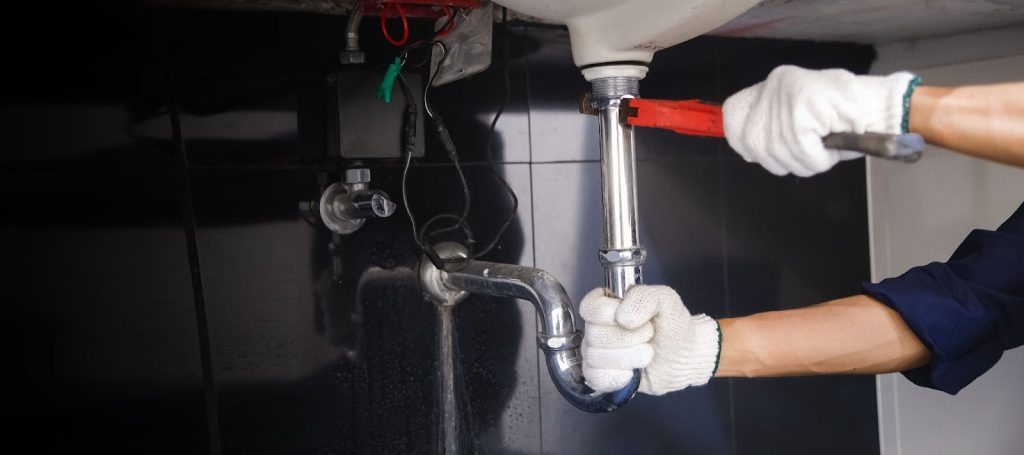
But how do you know if you should call a professional?
Knowing when to call a professional for a burst water pipe is essential for addressing the issue effectively and safely. Here are some key indicators that you should contact a professional plumber or water damage restoration specialist:
- Extent of Damage: If the burst has caused extensive damage, such as flooding multiple rooms, damaging structural elements, or affecting electrical systems, it’s advisable to call a professional. They have the expertise and equipment to handle significant water damage.
- Safety Concerns: If there are safety concerns, such as water near electrical outlets, appliances, or exposed wiring, it’s crucial to prioritize safety. In such cases, a professional can safely assess and address the situation.
- Uncertain Source: If you’re unsure about the source of the burst or if it’s located within a wall or ceiling, professionals can use specialized equipment like leak detectors and inspection cameras to pinpoint the problem without causing unnecessary damage.
- Lack of Plumbing Knowledge: If you lack plumbing knowledge or experience, attempting to repair a burst pipe can lead to further damage or improper repairs. Professionals have the training and experience to make correct and lasting repairs.
- Complex Repairs: Burst pipes in complex systems, such as radiant heating or intricate plumbing networks, may require specialized knowledge and tools. Professionals are equipped to handle these situations.
- Gas Lines Involved: If the burst has affected gas lines, it’s critical to call professionals immediately. Gas leaks can be extremely dangerous, and only licensed technicians should address them.
- Insurance Claims: If you plan to file an insurance claim for the damage, having a professional assess and document the damage is advisable. They can provide the necessary evidence and ensure that repairs meet insurance requirements.
- Health Concerns: If water damage is extensive and there is a risk of mold growth, professionals can take steps to prevent mold and ensure proper cleanup. Mold can pose health risks, so it’s essential to handle it correctly.
- Timeliness: Burst pipes demand swift action to minimize damage. Professionals can respond quickly, preventing further water damage and saving you time and money in the long run.
- Long-Term Solutions: Professionals address the immediate issue and provide long-term solutions to prevent future bursts and water damage. Their expertise ensures that your plumbing system remains reliable.
Are you ready for professional assistance?
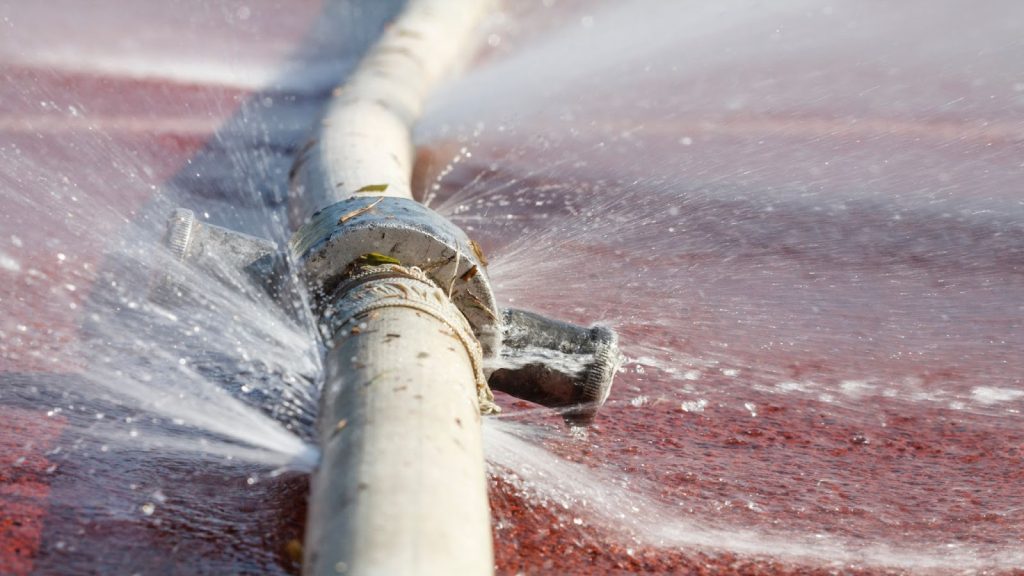
Contact Salisbury Plumbing
At Salisbury Plumbing, we recognize that even though preventing burst pipes is the primary goal, one cannot predict the future. In the unfortunate event of a burst pipe in your home, you can trust us to swiftly and effectively handle the necessary repairs.
Do not allow plumbing issues to disrupt your daily routine or jeopardize your property’s integrity. Take advantage of our punctual and dependable services today by contacting Salisbury Plumbing.
You can contact us by dialing 385-442-5687 or using our convenient online form. Our friendly and knowledgeable team stands ready to listen to your worries, address your inquiries, and deliver tailored solutions to meet your requirements.
Whether it involves addressing potential concerns that may lead to burst pipes or resolving any other plumbing issues, we are here to assist.
toto slot

